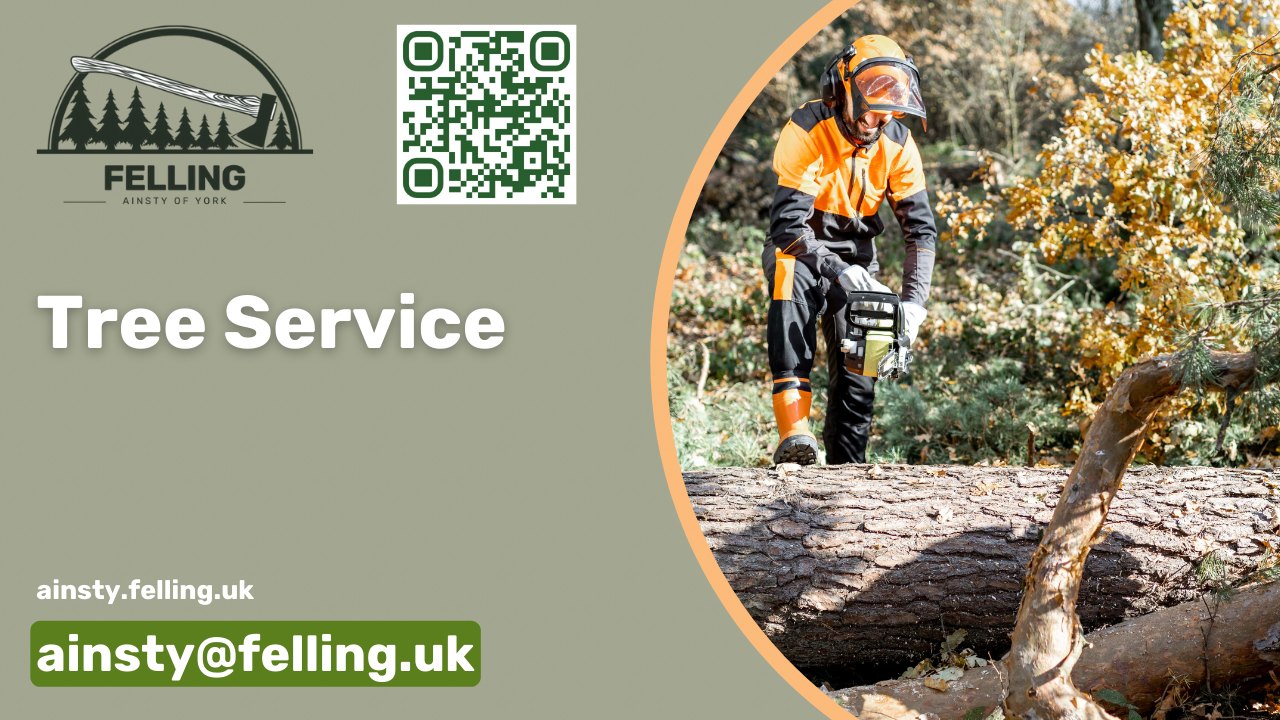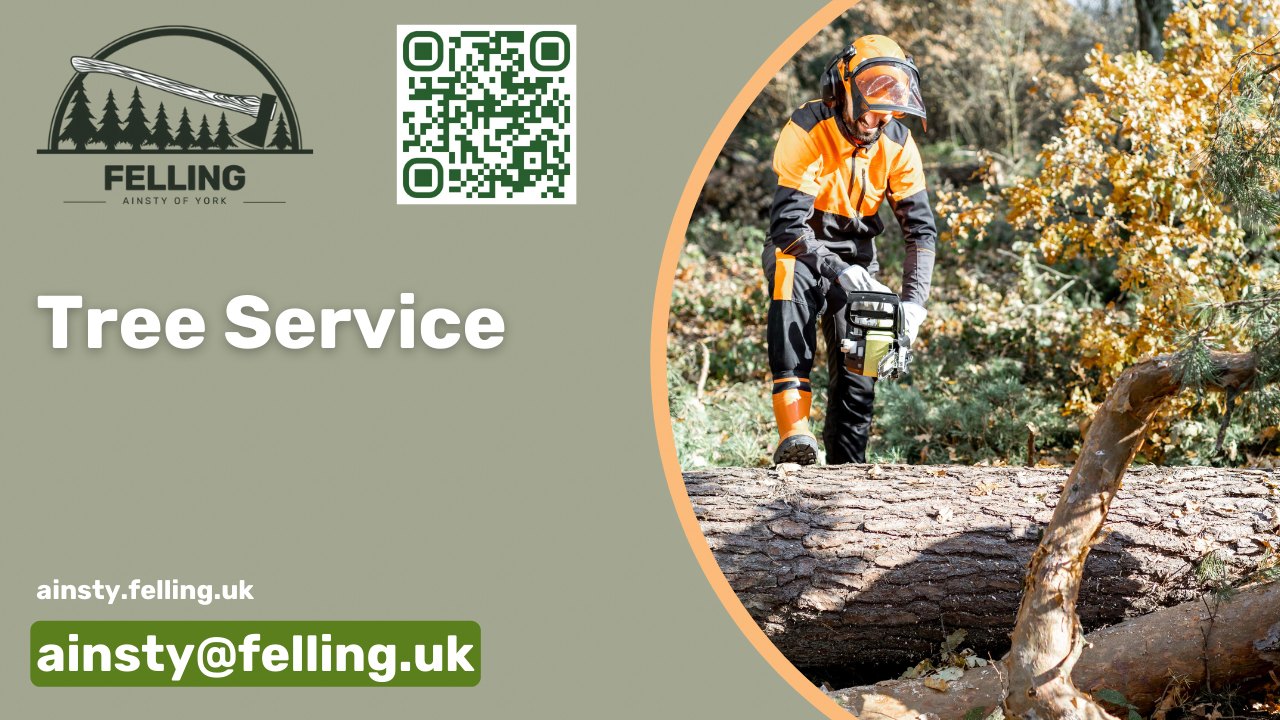
Tree Care Tips for Every Season: Maintaining Healthy Trees Year-round
Introduction
Trees are an essential part of our natural environment, providing numerous benefits such as cleaner air, shade, and beauty to our surroundings. However, to ensure that trees remain healthy and vibrant year-round, proper care and maintenance are crucial. In this article, we will explore a comprehensive guide on tree care tips for every season, including tree maintenance, tree removal, tree trimming, tree care, and stump removal. By following these tips, you can become an expert in maintaining healthy trees throughout the year.
Tree Care Tips for Every Season: Maintaining Healthy Trees Year-round
Spring Tree Care Tips
- After the harsh winter months, it is important to inspect your trees for any signs of damage caused by cold temperatures or storms.
- Look for broken branches, cracks in the trunk, or leaning trees that may pose a safety risk.
- Remove dead branches in early spring to encourage new growth and prevent the spread of diseases.
- Make clean cuts just outside the branch collar using sharp pruning tools.
- Apply a layer of organic mulch around the base of your trees to retain moisture and suppress weed growth.
- Avoid piling mulch against the trunk as it can lead to rot or pest infestation.
- Provide essential nutrients to your trees by applying a slow-release fertilizer specifically formulated for trees.
- Follow the manufacturer's instructions for proper application rates and timing.
- Keep the area around your trees free from weeds that compete for water and nutrients.
- Use organic weed control methods such as hand-pulling or mulching to avoid chemical damage.
- Check soil moisture regularly and water your trees deeply if rainfall is insufficient.
- Avoid overwatering, as it can lead to root rot or other diseases.
Summer Tree Care Tips
- Increase watering frequency during hot summer months to ensure that trees receive enough moisture.
- Water deeply and thoroughly, targeting the root zone of the tree.
- Shield young or newly planted trees from excessive heat by providing shade with a temporary sunshade or cloth.
- Avoid using reflective materials that can intensify sunlight and cause damage.
- Trim tree branches to improve air circulation and reduce the risk of fungal diseases during humid summer conditions.
- Remove any dead, damaged, or crossing branches.
- Regularly inspect your trees for signs of pests or diseases such as leaf discoloration, wilting, or unusual growth patterns.
- Take prompt action if you suspect an infestation or disease outbreak.
- During summer, trees are more susceptible to fertilizer burn due to increased evaporation rates.
- Follow recommended fertilization practices and avoid excessive use of chemical fertilizers.
- Newly planted trees require consistent watering until they establish a strong root system.
- Use drip irrigation or soaker hoses to deliver water directly to the root zone.
Fall Tree Care Tips
- Keep fallen leaves away from the base of your trees to prevent the development of fungal diseases.
- Use them as compost or dispose of them properly.
- As temperatures start to cool down, continue watering your trees until the ground freezes.
- This helps ensure sufficient moisture for winter dormancy.
- Fall is an ideal time to prune trees for structural integrity.
- Remove any weak or crossing branches that may pose a hazard during winter storms.
- Before the first frost, apply a layer of mulch around the base of your trees to insulate the soil and protect roots from freezing temperatures.
- Avoid mounding mulch against the trunk.
- To prevent sunscald or frost crack, wrap the trunks of young trees with burlap or tree wraps.
- This provides protection from extreme temperature fluctuations.
- Fall is an excellent time to plant new trees as it allows them to establish roots before the onset of winter.
- Choose native tree species suitable for your region and follow proper planting techniques.
Winter Tree Care Tips
- Remove heavy snow loads from tree branches using a broom or gentle shaking to prevent breakage.
- Be cautious not to damage branches in the process.
- Salt used for de-icing roads can be harmful to trees.
- Create physical barriers or use salt alternatives to protect your trees from salt spray.
- Check soil moisture periodically during winter months and water if necessary.
- Thoroughly soak the root zone when watering.
- Winter dormancy is an ideal time to prune deciduous trees as their growth is temporarily halted.
- Prune for shape, structure, and removal of deadwood.
- Wrap tree trunks with protective materials such as plastic guards or wire mesh to deter animals from chewing or rubbing against them.
- Remove any fallen fruits that may attract wildlife pests.
- Use the winter months to plan and prepare for spring tree care activities.
- Research and gather information on tree diseases, pests, or other issues specific to your region.
Frequently Asked Questions
- A: The ideal time to trim trees is during their dormant period in late fall or winter. This minimizes stress on the tree and prevents the spread of diseases.
- A: Newly planted trees require regular watering until they establish a strong root system. Water deeply once or twice a week, depending on rainfall and soil conditions.
- A: Removing a tree can be dangerous and requires specialized knowledge and equipment. It is recommended to hire a professional tree removal service for safe and efficient removal.
- A: Signs of tree disease include leaf discoloration, wilting, premature leaf drop, cankers, fungal growth, or unusual growth patterns. Consult an arborist if you suspect your tree is diseased.
- A: Choose organic mulch such as wood chips or shredded bark that allows air and water penetration. Avoid using rubber mulch or excessive amounts of mulch that can suffocate roots.
- A: Not all trees require annual fertilization. Conduct soil tests to determine nutrient deficiencies before applying fertilizer. Overfertilization can harm trees and the environment.
Conclusion
Maintaining healthy trees year-round requires consistent care and attention throughout each season. By following these comprehensive tree care tips, you can ensure that your trees thrive and provide beauty and benefits for years to come. Remember to consult with a professional arborist for specific tree issues or if you are unsure about any tree care practices. Happy tree caring!
